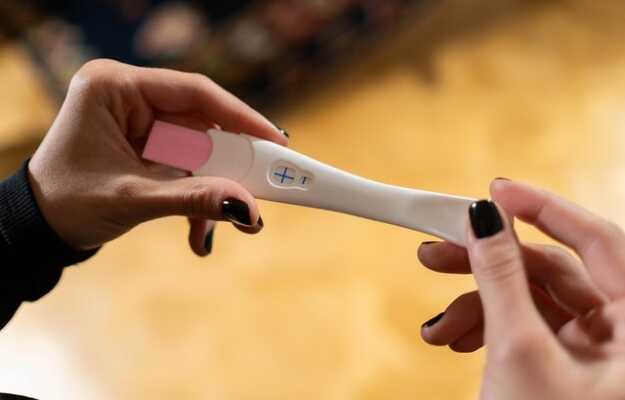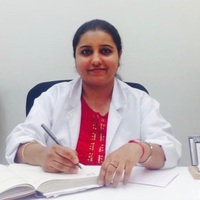Reproduction and conception of progeny is a natural process in the life cycles of all living beings. Humans are no different and pregnancies and childbearing is a life milestone many aspire to and desire. In order to understand how pregnancies occur and babies develop, it is paramount to understand the concept of fertilisation. Fertilisation in humans can simply be described as the fusion of the male gamete of sex cell called sperm with the female gamete or sex cell called the egg or ova.
(Read more: Pregnancy test kit)
Fusion of the male gamete cell (or sperm) nucleus with the female gamete cell (or ovum) nucleus results in fertilisation that gives rise to the zygote. After semen is deposited into the female genitalia (vagina or cervix), sperm enters the female reproductive tract and can survive in it for up to three days. The sperm swims through the cervix, into the uterus and then up into the fallopian tubes where the released ovum is usually located. On encountering the ova cell, the sperm releases chemicals that help it be identified by the ova. One ova can be fertilised by only one sperm even though it is likely to come in contact with many. After identification, the sperm releases chemicals that help it break the ovum cell membrane and enter it, allowing the nuclei of both cells to merge into one, thereby fertilising the ovum. The fertilised ovum is called the zygote. The zygote remains in the fallopian tube for about 72 hours and during this time it develops rapidly. If the fertilised zygote splits, it results in identical twins as the genetic material shared by the two newly formed zygotes is the same. Although usually only one ovum is released in each menstrual cycle by one of the ovaries, sometimes both ovaries may release an egg each. If two eggs are released in a cycle, they may both become fertilised by two different sperm cells, resulting in fraternal (unidentical) twins.





































